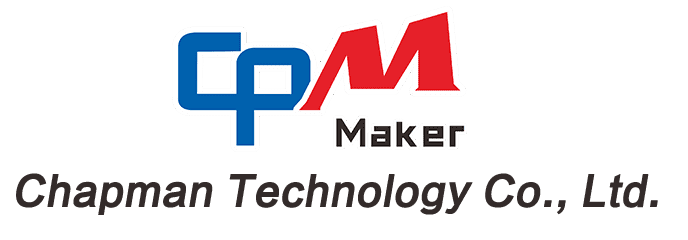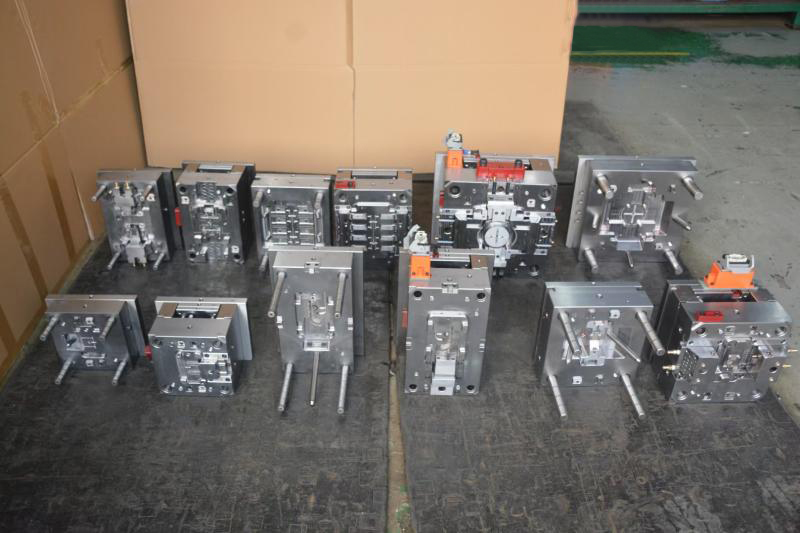Conform to the needs of the times and the development of technology ,3D printing lauch out. Injection molding is cheaper than 3D printing if you produce more than 100 parts. While the cost per unit using 3D printing stays relatively unchanged, the price for injection molding becomes dramatically better the more pieces you manufacture with your mold. There are, however, many factors that need to be considered when making this decision for yourself.
How much does injection molding cost?
The cost of creating a mold is determined by a number of key factors. These include:
- The size of the product
- The material of the product
- The complexity of the product
These three factors have the greatest impact on the total cost of investment required to build a mold. The price can, based on these factors, run anywhere from $1,000 to over $80,000.You can read more about Chapman Maker mold manufacturing at:www.chapmanmaker.com
Injection molding cost vs 3D printing
When it comes to cost, these two methods of production differ in one key way; price per unit. When using an injection mold, the bulk of the cost is the initial investment, that is, the actual creation of the mold. The more parts your mold produces, the more cost-effective it becomes. With 3D printers, the price per unit changes very little. The cost of the material and of the time needed per unit does not change based on production volume.
Manufacturing a mold and the initial run of injection molded parts may cost more than using a 3D printer but in the likely event that a second run of parts is needed, the price per unit cost will begin to favor injection molding. From that point, each additional order of parts will offer even greater savings.
Know their strengths
Both injection molding and 3D printing are used to create a wide variety of products, ranging from the mundane to the unique. Understanding the needs of the project and the pros and cons of each system is very important.
One of the more important factors to consider is the level of detail the finished product will require. In general, injection molding is capable of much higher resolution. Pieces that feature areas of increased detail fair better with injection molding. Prototypes that will be shown to investors or publicly displayed are made using a mold as they are more able to closely resemble a highly detailed finished product.
Another area in which these two processes differ is waste and recycling. 3D printers create scaffolding that is much more difficult to repurpose that the runners used with injection molding, and using a hot runner injection molding system can remove this waste all together.
Injection molding cost analysis
As noted above, the cost of producing any more than 100 pieces is generally more affordable with injection molding. A particularly large or complicated piece can change the point at which molding becomes more cost-effective but with enough volume, it will always end up with the lowest cost per unit.
3D printing cost analysis
Due to the growing accessibility of 3D printing, the prospect of purchasing a printer for in-house production is now a reasonable consideration for many organizations. This allows manufacturers to create products at cost, leaving them to pay only for materials and maintenance.
Once the price to print a piece has been determined, this price will usually remain the same regardless of the number of pieces to be produced. As there are few initial investment costs, 3D printing can be a cheaper solution in some situations. If you have a project that requires fewer than 100 parts, 3D printing may be a better option. 3D printing also excels at projects that will likely require multiple revisions, or if the pieces are needed very quickly. Additionally, if the project is one time only, not requiring ongoing production, 3D printing may offer an advantage.
Manufacturing in the real world
At Chapman maker, we’ve had many clients come to us with 3D printing work, only to discover that injection molding will be more cost-effective in the long run. Someone may come in requesting a few prototypes, and for this, 3D printing works well. But when one piece becomes twenty, and then sixty, injection molding becomes a better option.
When considering these two methods of manufacturing, it’s important to understand that they aren’t really in competition. If a project requires real volume, injection molding is clearly the way to go. These two systems are complementary, offering solutions for jobs both big and small.
Got a question about injection molding or 3D printing? Contact us and one of our Project Managers will be in touch.
Email: info@chapmanmaker.com
Post time: Jun-04-2021


